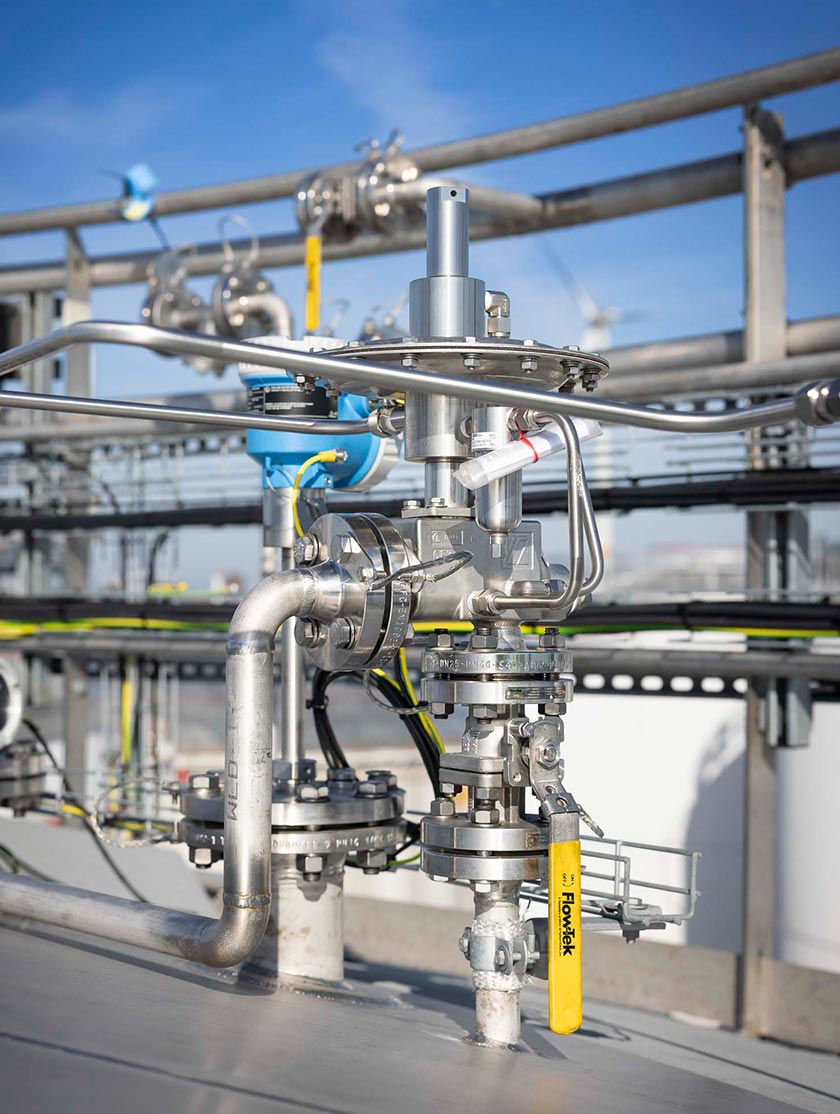How Pressure Reducing Regulators Optimize Irrigation Systems
Efficient irrigation is critical for agricultural productivity, landscape maintenance, and water conservation. One of the biggest challenges in the design and operation of irrigation systems is maintaining a constant and optimal water pressure throughout the system. This is where pressure reducing regulators play an essential role. By understanding the operation and benefits of these devices, irrigation professionals and home gardeners can optimize system performance and protect irrigation equipment.What is a pressure reducing regulator?
A pressure reducing regulator is a mechanical valve that automatically reduces high incoming water pressure to a desired, stable outgoing pressure, regardless of fluctuations in the incoming pressure or variations in the flow rate downstream. It maintains a constant pressure level downstream, ensuring that irrigation components receive water at a pressure appropriate to their specifications.
The Importance of Pressure Control in Irrigation Systems
Irrigation systems, whether drip lines, sprinklers, or micro-irrigation, require a water supply with specific pressure ranges for optimal performance:
- Equipment Protection: Excessive pressure can damage hoses, drippers, nozzles, and valves, leading to leaks, breakage, and higher maintenance costs.
- Even Water Distribution: Pressure fluctuations lead to uneven flow rates and inconsistent irrigation, which can negatively impact crop health and yield.
- Water Conservation: Proper pressure control helps prevent water waste through misting, runoff, or overdosing.
- Energy Efficiency: Maintaining a constant pressure avoids multiple booster pumps or unnecessary system adjustments.
How Pressure Reducing Regulators Work in Irrigation Systems
A pressure reducing regulator consists of a valve controlled by a spring-loaded diaphragm or a spring-loaded piston. The device works on the principle of equalizing the downstream pressure with the tension of the internal spring:
1. High-pressure inlet: Water enters the regulator at higher pressure from the main supply line.
2. Pressure detection and adjustment: Inside, the diaphragm detects the downstream pressure. If the pressure exceeds the preset value, the valve modulates to restrict the flow and thus reduce the pressure.
3. Stable outlet pressure: The water leaves the regulator at a constant, preset pressure level suitable for downstream irrigation components.
4. Dynamic Response: The regulator continuously adapts to changes in upstream pressure or flow demand to maintain the preset pressure.
Benefits of Using Pressure Reducing Regulators in Irrigation
- Longer System Life: By preventing overpressure, pressure reducing regulators extend the life of pipes, fittings, drippers, and valves.
- Improved Uniformity: They ensure that each irrigation zone or dripper receives the correct pressure, promoting even water distribution.
- Reduced Maintenance: Limiting pressure spikes reduces wear and tear, thus minimizing the frequency of repairs and replacements.
- Simplified System Design: The presence of a regulator allows irrigation designers to use standard pressure components without special high-pressure ratings.
- Water and Energy Savings: Pressure regulation minimizes water loss due to misting and reduces the energy consumption of pumps that maintain high pressures unnecessarily.
Typical Applications of Pressure Reducing Regulators in Irrigation
- Zone control: Installing regulators at the entrance to irrigation zones ensures that each area receives water at the required pressure.
- Drip irrigation systems: Drip emitters require a relatively low and stable pressure; regulators prevent damage from high supply pressure.
- Greenhouse and garden irrigation: Regulators maintain constant pressure despite fluctuating demand and elevation differences.
- Adaptations for well water and municipal supplies: Allows high-pressure sources to be adjusted to appropriate irrigation pressures.
Conclusion
Pressure reducing regulators are essential components in modern irrigation systems. They enable precise pressure control, which is essential for efficient water delivery and system longevity. By automatically maintaining stable, low pressure levels, these regulators protect the irrigation infrastructure, promote consistent irrigation, and contribute to water and energy conservation. The integration of pressure reducing regulators into the irrigation design ensures optimal system performance and contributes to the achievement of sustainable water management goals.
Need the Right Pressure Reducing Regulator? Get Expert Help Selecting the Ideal Regulator Engineered for Performance |
Cashco’s pressure reducing regulators are designed for precise pressure control across a wide range of industrial applications—delivering reliability, safety, and efficiency. For more information about Cashco's regulators, view all models here .
Cashco is dedicated to ensuring you select the best solution for your tank protection needs. Need help choosing the right pressure reducing regulator? Contact us and our experienced team will gladly assist you in finding the ideal product!
Animated Guide: Pressure Reducing Regulator Function |
Discover the workings of a pressure reducing regulator in our animation video. Using the force-balance principle, this device reduces and maintains downstream pressure in a pipeline. Watch as we demonstrate how the regulator’s diaphragm and valve assembly create resistance to reduce upstream pressure. Learn how downstream flow demands impact the regulator, causing it to adjust and maintain a constant pressure.



